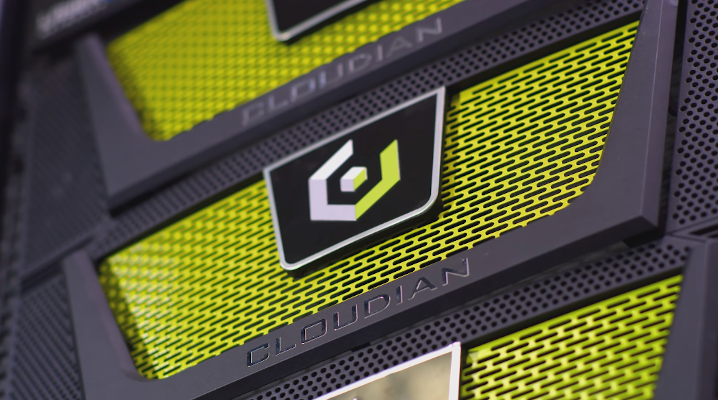 INFRA
INFRA
 INFRA
INFRA
 INFRA
INFRA
Cloudian Inc. today pulled back the curtains on HyperIQ, a monitoring service that will enable customers of its object storage platform to identify operational issues and suspicious activity in their environments.
San Mateo, California-based Cloudian is backed by $173 million in funding from investors that include Goldman Sachs. The company sells an object storage software platform called HyperStore that enables enterprises to store large volumes of data for tasks such as training neural networks
Cloudian ships it as part of on-premises storage systems that pack capacities of up to 1.5 petabytes, provide an Amazon S3-compatible programming interface and can be connected to the major public clouds for hybrid cloud use cases.
The new HyperIQ service promises to give enterprises deeper visibility into their HyperStore deployments. It analyzes activity in an environment and identifies anomalies that may cause disruptions further down the road. The service can, for example, flag if a malfunctioning workload is consuming too much bandwidth and is at risk of causing network congestion for other applications.
HyperIQ also catches anomalous user behavior. It analyzes data downloads, uploads and API usage for suspicious activity, such as attempts to export large amounts of business records.
HyperIQ displays operational information in visual dashboards that Cloudian says can be customized by administrators. The company has added more than 100 pre-packaged visualization panels to reduce the amount of effort required to put together a custom dashboard. When an administrator needs a deeper look at a potential operational issue shown in a HyperIQ dashboard, they can filter the data by affected data center, server, services and other criteria.
The launch of HyperIQ isn’t Cloudian’s first foray into analytics. Last year, Cloudian took the unusual step of spinning off an independent company to commercialize an AI appliance it had developed for edge analytics use cases. The system, which combines a graphics processing unit with an Arm Ltd. processor in a ruggedized box measuring one foot long, was born from a project for a HyperStore customer that sought to use AI to deliver customized billboard ads.
THANK YOU